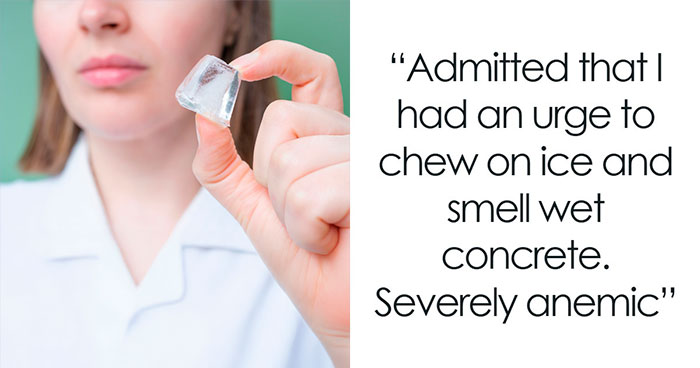
Scientists Unveil “Most Complete Dinosaur Embryo Ever,” Solving Mysteries About Species Growth
Another day, another science slay.
Prehistory enthusiasts will be happy to learn that researchers stumbled upon a flawlessly preserved dinosaur embryo nestled in a storage closet within a Chinese museum.
A preserved dinosaur embryo was discovered in a Chinese museum’s closet after a decade, providing insights into the Cretaceous period
Image credits: Wang Dongming/China News Service/ Getty Images
Preserved in the cupboard for over a decade, the embryo remained unnoticed while it was concealing, this entire time, a remarkable link between modern birds and dinosaurs.
Discovered in 2015, this unborn oviraptorosaur specimen, resembling an ostrich with feathers, provided insights into the Cretaceous period, dating back approximately 72 million years.
Initially unearthed in 2000 at Shahe Industrial Park, it found its home at the Yingliang Stone Natural History Museum in Nan’an, China.
Image credits: Global News
Despite its petite size, measuring just 27cm, the embryo, affectionately named “Baby Yingliang”, etched its place in history as one of the most complete dinosaur embryos ever unearthed.
But what caught scientists’ attention was not just its size but also its unique posture, setting it apart from other observed embryos.
Named “Baby Yingliang”, the embryo’s head rested below the body in an arrangement termed “tucking”
Image credits: Global News
Image credits: Global News
A study conducted in 2021 by the University of Birmingham and China University of Geosciences, located in Beijing, detailed the embryo’s bird-like posture.
Its head rested below the body, feet on either side, and the back curled along the blunt end of the egg—an arrangement termed “tucking”.
The intact embryo exposes the links between dinosaurs and modern birds
Image credits: Global News
Image credits: Global News
Interestingly, this posture is reminiscent of the positioning observed in modern-day birds.
In the 2021 study, it was reported that such a posture was “previously unrecognized in a non-avian dinosaur, but reminiscent of a late-stage modern bird embryo”.
Image credits: Global News
You can learn more about the fascinating discovery below:
Professor Steve Brusatte from the University of Edinburgh, who was part of the research team, explained: “This little prenatal dinosaur looks just like a baby bird curled in its egg, which is yet more evidence that many features characteristic of today’s birds first evolved in their dinosaur ancestors.”
Steve described Baby Yingliang as “one of the most beautiful fossils I have ever seen”.
The findings shed light on dinosaur growth and reproduction
Image credits: ITV News
Image credits: ITV News
During that period, Fion Waisum Ma, a PhD researcher at the University of Birmingham who served as the joint first author, additionally said: “We are very excited about the discovery of ‘Baby Yingliang’ – it is preserved in a great condition and helps us answer a lot of questions about dinosaur growth and reproduction with it.
“It is interesting to see this dinosaur embryo and a chicken embryo pose in a similar way inside the egg, which possibly indicates similar prehatching behaviors.”
Scientists said it was “one of the most beautiful fossils ever seen”
Scientists continuously make groundbreaking discoveries illuminating the mysteries of our prehistoric past and the living beings that once roamed our planet.
In fact, a group of researchers recently successfully pieced together the mitochondrial genome of the long-extinct wooly rhinoceros (Coelodonta antiquitatis), through the use of 14,000-year-old hyena poop.
Certain individuals were worried the discovery could have unexpected consequences
The discovery of Baby Yingliang highlights fascinating insights into prehistoric life, much like other recent breakthroughs that involve decoding ancient biological materials.
For a deeper understanding of how scientists extract valuable genetic information from unexpected sources, you might find the exploration of retrieving DNA from ancient animal remains quite illuminating: extracting genomic data from ancient specimens offers a remarkable perspective.
5Kviews
Share on FacebookWhat’s cool is the only real difference between how todays ducks and chickadees are tucked into the egg, it’s typically head under right wing area/ right side, for optimal pipping. I helped hatch one I call little bean 2 weeks ago and he had a stiff neck for days from being on the right too long (he was in egg for 2-3 extra days) he keeps up with with his 4 weeks old siblings well and they keep a special eye on him
What’s cool is the only real difference between how todays ducks and chickadees are tucked into the egg, it’s typically head under right wing area/ right side, for optimal pipping. I helped hatch one I call little bean 2 weeks ago and he had a stiff neck for days from being on the right too long (he was in egg for 2-3 extra days) he keeps up with with his 4 weeks old siblings well and they keep a special eye on him

 Dark Mode
Dark Mode 

 No fees, cancel anytime
No fees, cancel anytime 









































































48
1